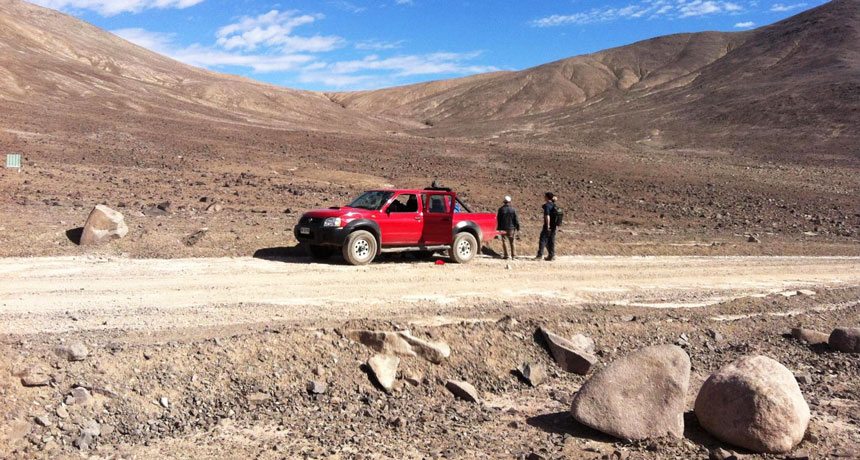
STAYIN’ ALIVE This superdry area in the Atacama Desert looks devoid of life. But after a rainstorm, scientists found living microbes in the soil.
D. Schulze-Makuch/Technische Universität Berlin

STAYIN’ ALIVE This superdry area in the Atacama Desert looks devoid of life. But after a rainstorm, scientists found living microbes in the soil.
D. Schulze-Makuch/Technische Universität Berlin